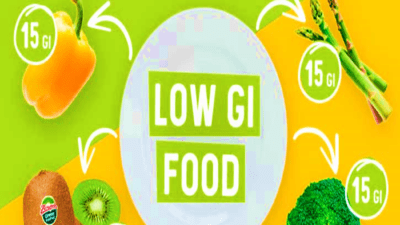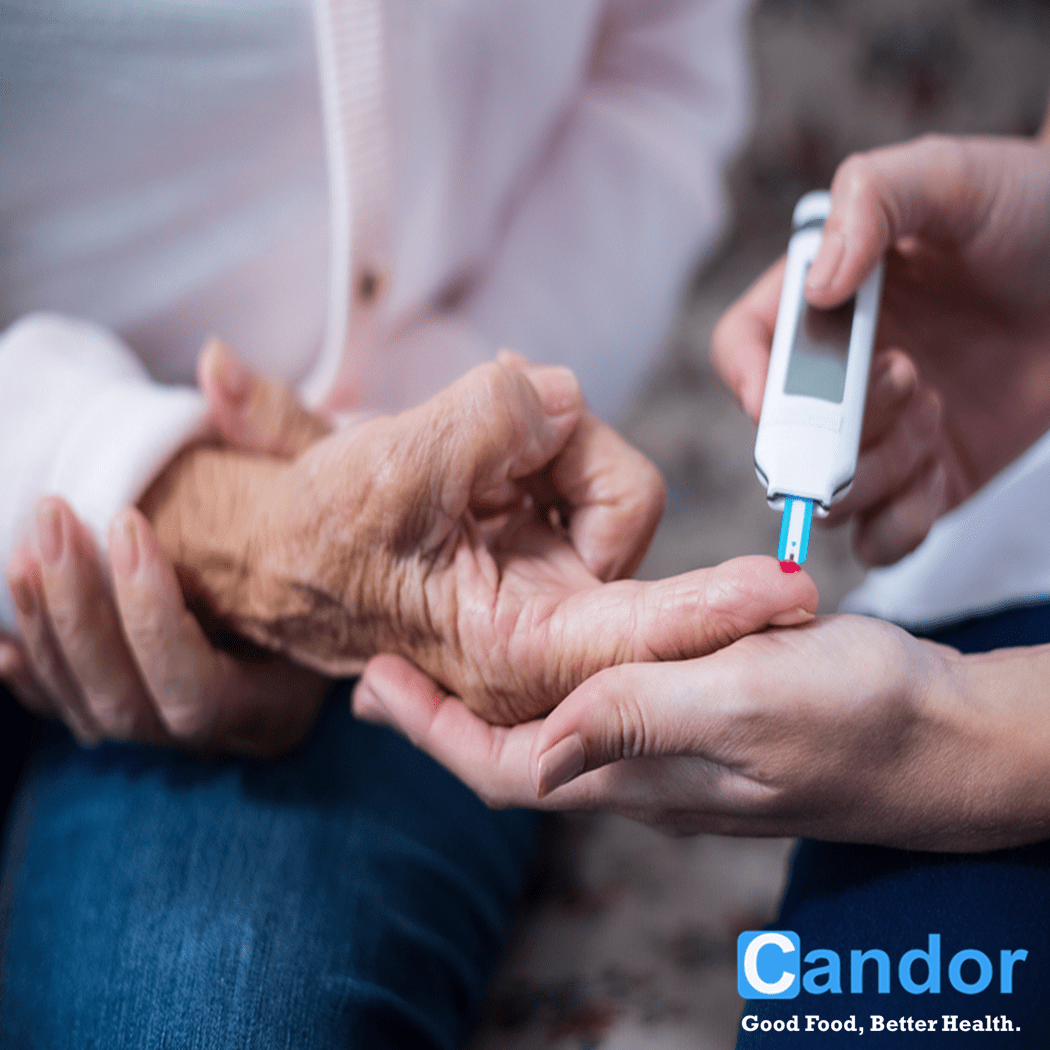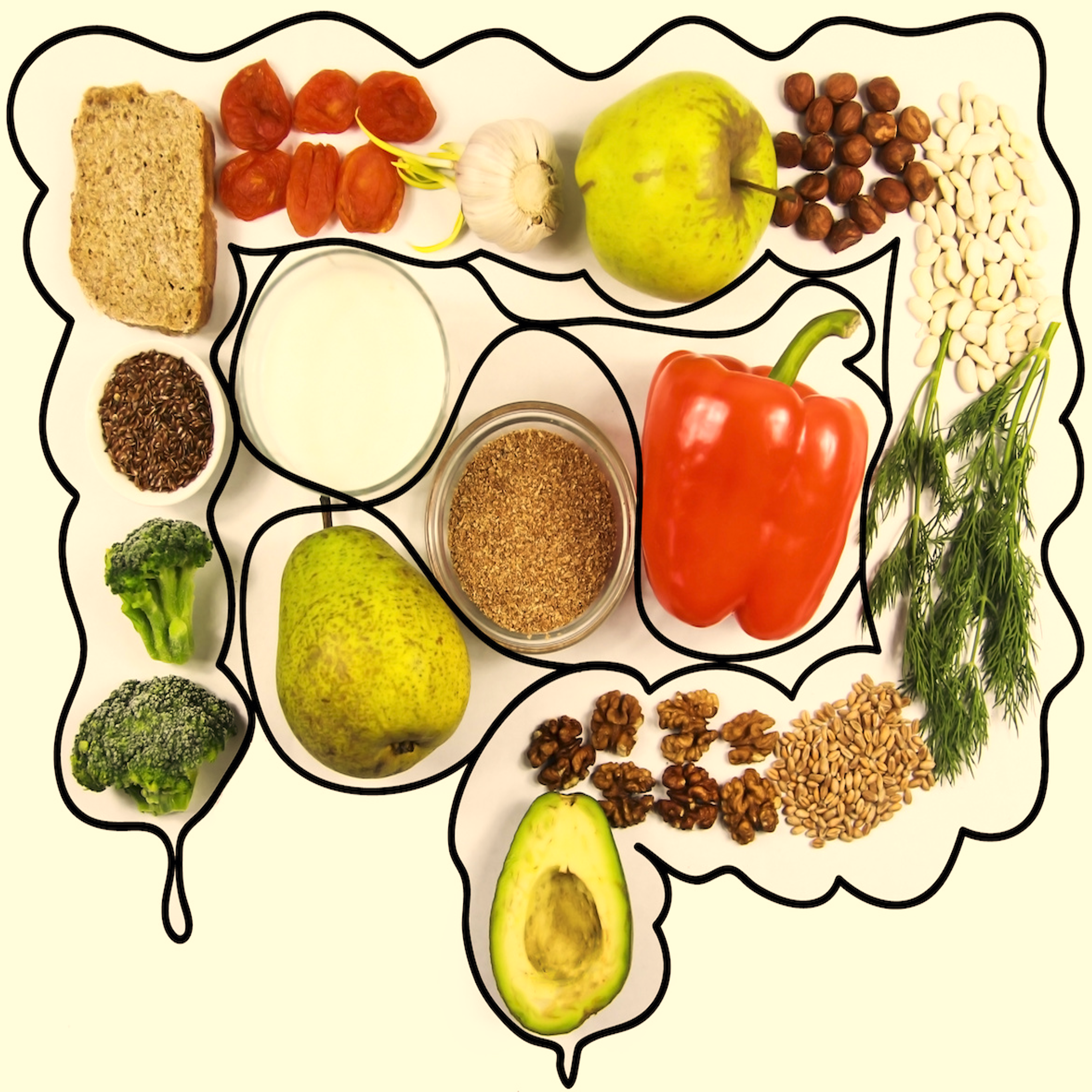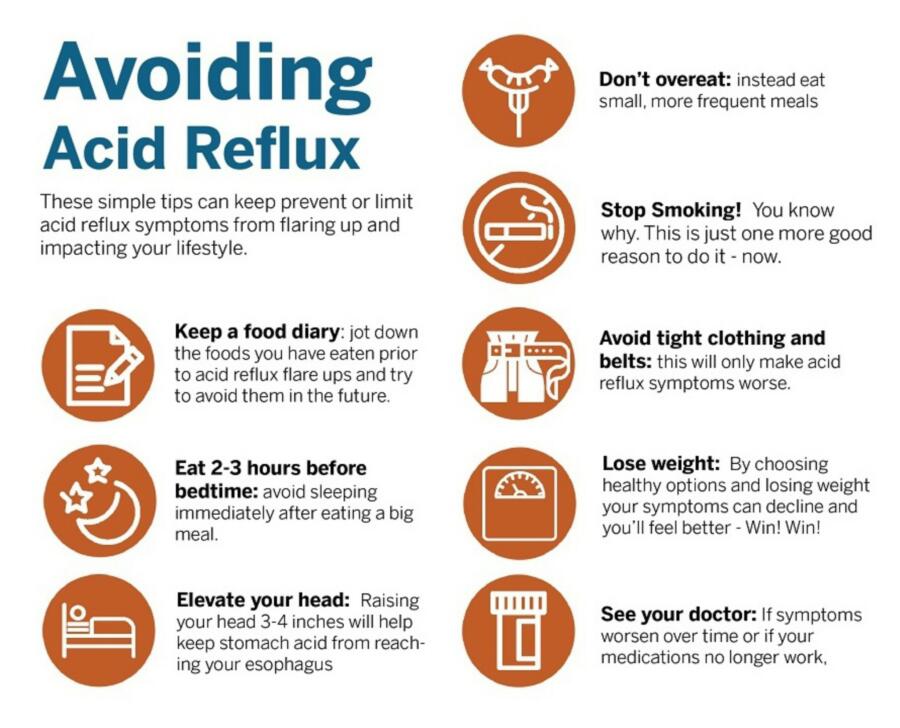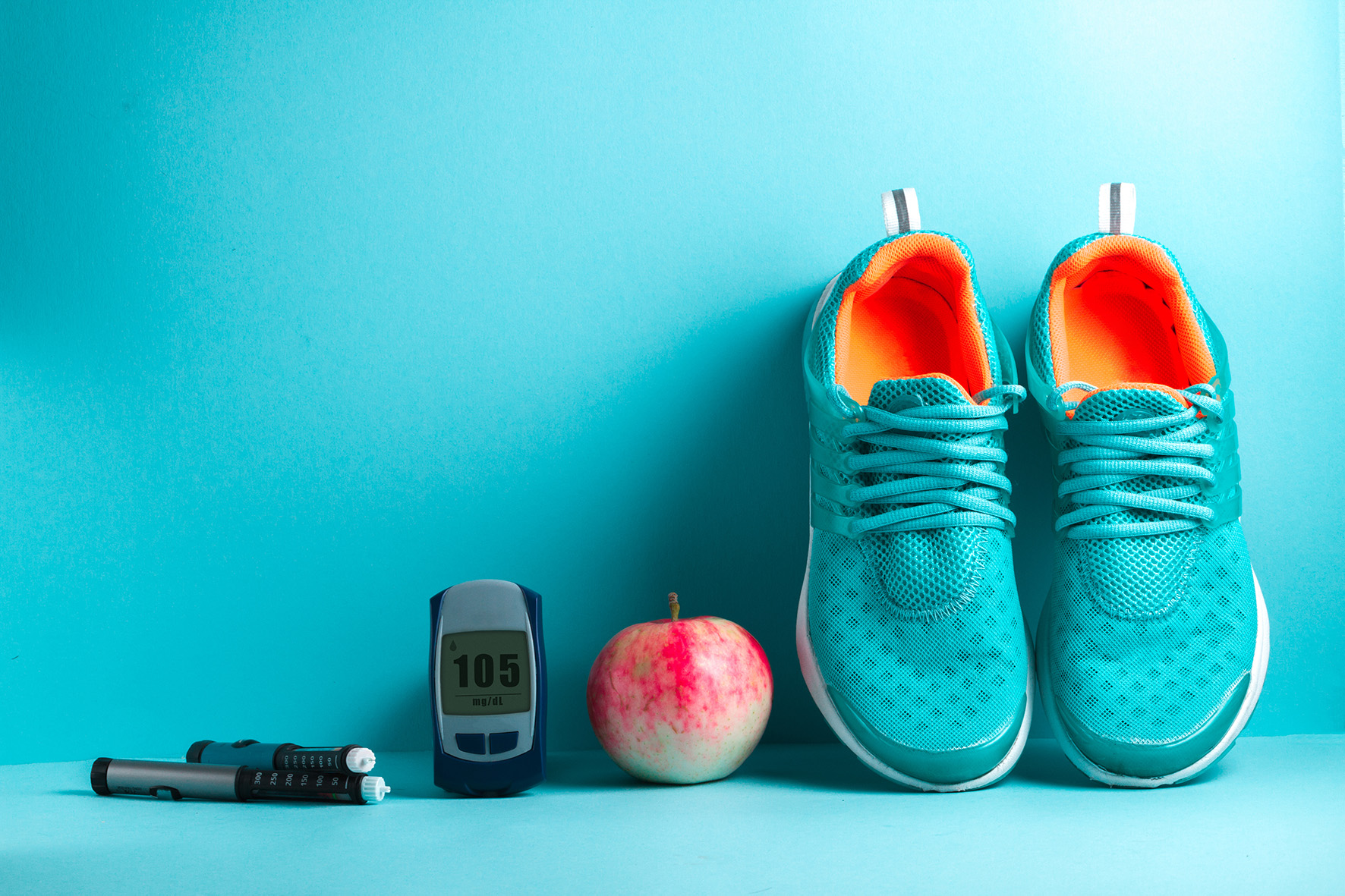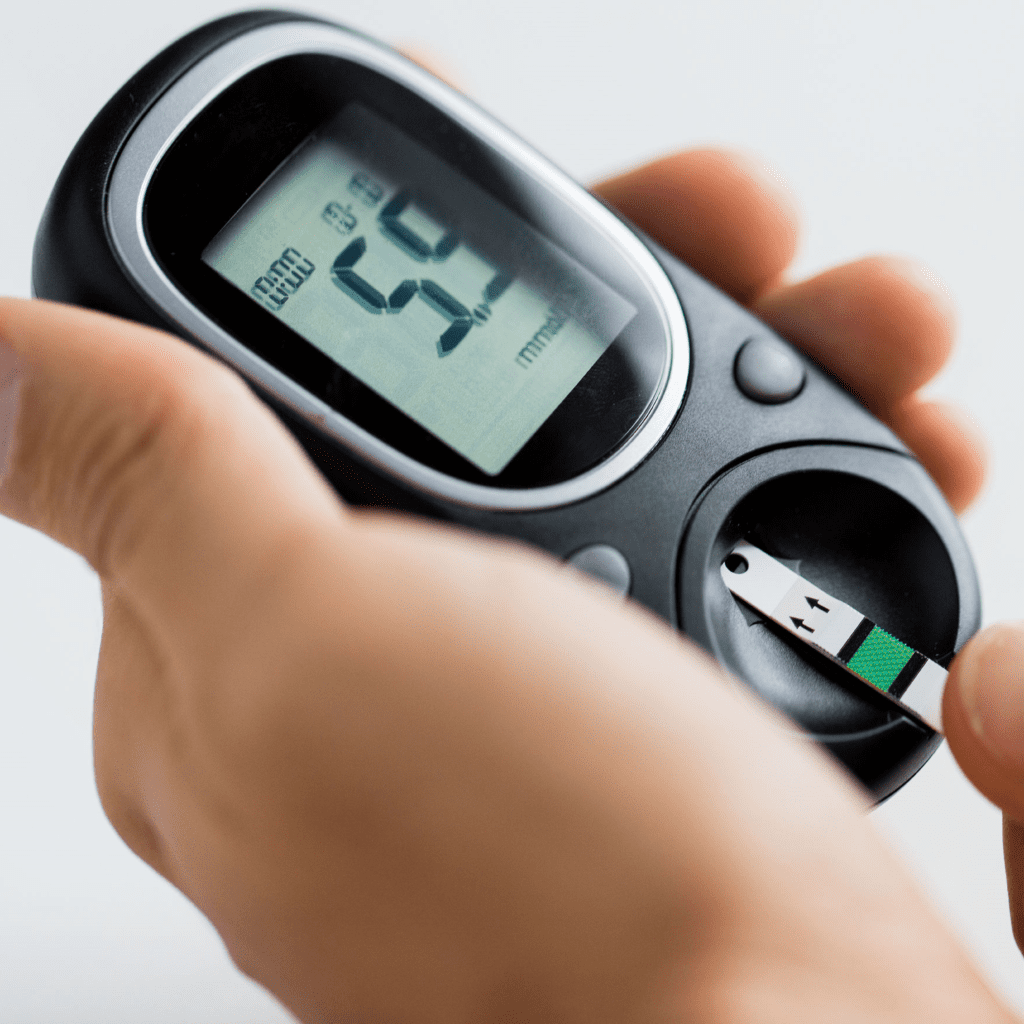
What makes blood glucose go up or down?
When considering the relationship between diabetes and blood glucose, most of us are probably aware that in terms of nutritional impact on blood glucose and insulin levels, carbohydrates exhibit the most prominent influence, although proteins and fats also contribute to these dynamics. However, individuals with diabetes, particularly those who regularly monitor their blood glucose levels, are aware that dietary intake is not the sole determinant of blood glucose fluctuations.
Factors such as fasting periods, exercise, and physiological mechanisms play integral roles in regulating blood glucose levels, requiring an understanding of bodily functions.
Beginning with the pancreas, an organ situated in the abdominal region behind the stomach, its function involves the secretion of digestive juices into the gastrointestinal tract. These enzymes facilitate the breakdown of ingested proteins, fats, and carbohydrates into their respective components (amino acids, fatty acids, and sugars) for absorption in the intestines. Furthermore, the pancreas releases hormones into the bloodstream to regulate blood glucose levels. Specifically, insulin, produced by beta-cells, and glucagon, secreted by α-cells clustered in the pancreatic islets of Langerhans, are pivotal in this regulatory process.
Following carbohydrate-rich meals, the pancreas secretes insulin predominantly, alongside basal insulin secretion during intervals between meals. Remarkably, although the brain and nervous system consume a significant portion of glucose, their glucose uptake is independent of insulin regulation. Moreover, while insulin facilitates glucose uptake by muscles, alternate glucose receptors within muscles operate independently of insulin.
Insulin mediates blood glucose reduction by suppressing hepatic glucose release, promoting glycogen synthesis and storage, inhibiting glycogen breakdown, and curbing gluconeogenesis from various substrates such as glycerol, lactate, and amino acids. Additionally, insulin enhances glucose and amino acid uptake by muscles, bolstering protein synthesis. In adipocytes, insulin stimulates fatty acid synthesis from glucose and fructose while preventing fat breakdown.
Conversely, glucagon secretion by the pancreas occurs when blood glucose levels dip below optimal thresholds, such as during fasting or increased energy expenditure like exercise. Glucagon elevates blood glucose levels by counteracting insulin effects, stimulating gluconeogenesis and glycogenolysis to release glucose from liver and muscle glycogen stores. Additionally, in adipose tissue, glucagon promotes fat breakdown into free fatty acids for circulation as an alternative energy source.
In conclusion, while dietary factors significantly influence blood glucose levels, various physiological processes and hormonal interactions intricately regulate these fluctuations. Do you know these surprising triggers for blood sugar spikes?
Blood glucose charts
A blood glucose chart displaying normal blood sugar levels aids individuals in understanding the appropriate range for their blood glucose at various times throughout the day.
Medical professionals utilize blood sugar charts, also known as glucose charts, to assist individuals in establishing goals and monitoring their diabetes management plans. These charts are instrumental in providing insight into blood glucose levels for individuals with diabetes.
The ideal blood sugar level is contingent upon individual variables. Collaboratively, doctors and patients determine suitable levels for different times of the day, accounting for factors such as waking, eating, and physical activity.
This article’s charts delineate recommended blood sugar levels throughout the day. Additionally, we emphasize the significance of adhering to the levels recommended by healthcare providers.
Diagnostic Methods
Monitoring blood glucose levels is fundamental in diabetes management. Tools for glycemic control include:
- The A1C test, which indicates blood sugar levels over an extended period.
- Continuous glucose monitoring (CGM), offering real-time glucose tracking throughout the day.
- Self-monitoring of blood glucose through fingerprick tests.
Blood sugar levels are typically measured in milligrams per deciliter (mg/dl), although A1C results may be presented as a percentage, denoting the extent of glucose binding to hemoglobin in the bloodstream.
Blood Glucose Targets
The subsequent numbers outline general target levels for individuals with and without diabetes. These values serve as a reference point, recognizing that individual requirements vary based on age and other variables. Healthcare providers collaborate with individuals to establish personalized blood sugar targets and aid in achieving these goals.
General Blood Sugar Target Levels:
- People without diabetes:
- before meals: 72-99 mg/dl
- after meals: <140 mg/dl
- People with diabetes
- before meals: 80-130 mg/dl
- after meals: <180 mg/dl
The A1C test provides a quantification of an individual’s average blood glucose levels spanning a three-month period. It serves as an indicator of the effectiveness of glucose management strategies over time.
As per the National Institute of Diabetes and Digestive and Kidney Diseases (NIDDK), A1C results are categorized as follows:
- A person without diabetes: below 5.7%
- A person with prediabetes: 5.7–6.4%
- A person with diabetes: 6.5% or higher
A healthcare provider will provide guidance on appropriate actions if blood glucose levels deviate from the target range. For individuals with diabetes, healthcare professionals may recommend higher blood glucose targets compared to those without diabetes. Target blood glucose levels fluctuate throughout the day, typically being lower before a meal and post-exercise, and higher approximately one hour postprandially.
In determining an individual’s glucose targets, healthcare providers take into account several factors, including:
- Age and anticipated lifespan
- Concurrent health conditions, especially cardiovascular ailments
- Duration of diabetes diagnosis
- Microvascular complications
- Ocular, renal, vascular, neurological, or cardiac impairments
- Lifestyle choices and habits
- Hypoglycemia awareness
- Stress levels
Blood glucose charts commonly depict target levels within a range, acknowledging variations among individuals. Maintaining glycemic control is crucial in mitigating the sequelae associated with diabetes. Sustaining blood glucose levels within a moderate threshold is indicative of the efficacy of therapeutic interventions. Individualized therapeutic goals are established by healthcare providers at the onset of treatment, with periodic adjustments based on treatment response. Individuals exhibiting apprehensions regarding their blood glucose levels are advised to promptly seek medical evaluation and intervention.
References:
- Blood sugar level ranges. (2019). Diabetes.co.uk.
- Low blood glucose (hypoglycemia). (2021). National Institute of Diabetes and Digestive and Kidney Diseases (NIDDK).
- The A1C test & diabetes. (2018). National Institute of Diabetes and Digestive and Kidney Diseases (NIDDK).


